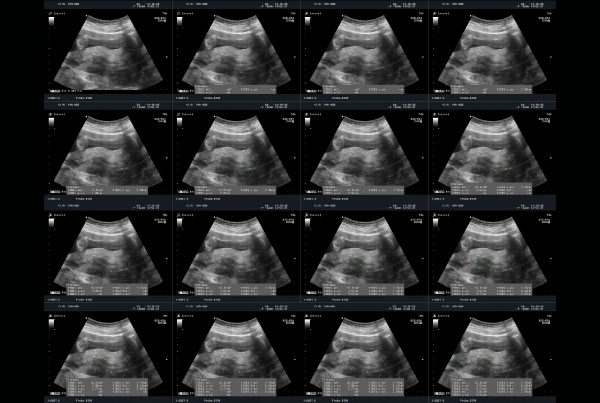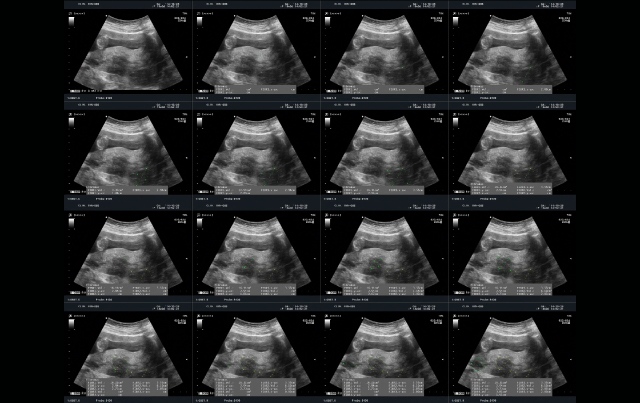The Utility of MRI for Treatment of Uterine Fibroids


Gavin Slethaug, MD
With the development of advanced imaging techniques, treatment options in addition to hysterectomy have emerged for uterine fibroids. More than 600,000 women in the U.S. undergo hysterectomy, with about a third of those for uterine fibroids, according to the Centers for Disease Control and Prevention.
Less-invasive treatment options include watchful waiting, medical therapies, minimally invasive surgeries, including laparoscopic myomectomy and hysteroscopic myomectomy, as well as interventional treatment with uterine artery embolization. Determining which option is most appropriate relies on accurately detecting the number, size and location of fibroid tumors.
Gavin Slethaug, M.D., interventional radiologist and chief medical officer at Scottsdale Medical Imaging, says the feasibility of these minimally invasive treatment options depends on advanced imaging. He says that while ultrasound, saline-infusion sonography (SIS) and hysteroscopy are useful for diagnosis, they don’t typically provide the level of detail needed to evaluate other treatment options.
“MRI used for diagnosis is better for identifying if there is other disease present besides fibroids, such as adenomyosis, and MRI confirms the diagnosis of fibroids,” Slethaug says. “As importantly, it determines the size and location of the fibroids, and whether the fibroids are submucosal, intramural or subserosal, which is essential in determining the suitability of other procedures.”
MRI is often thought of primarily in planning for uterine artery embolization, Slethaug says. However, its excellent overall diagnostic ability and its ability to assess potential surgical treatment options in addition to uterine artery embolization make it the best overall pelvic imaging modality.
Slethaug’s experience was recently confirmed in a review of the literature by William Parker, M.D., of the department of obstetrics and gynecology at the University of California, Los Angeles’ school of medicine. In a January 2012 American Journal of Obstetrics and Gynecology article, he found that MRI gives the most complete evaluation for size, position and number.
“MRI helps to define treatment options and to determine what can be expected if surgery is planned,” Parker wrote, “and may help the gynecologist avoid missing fibroid tumors during surgery. MRI can also make the diagnosis of adenomyosis reliably.”

